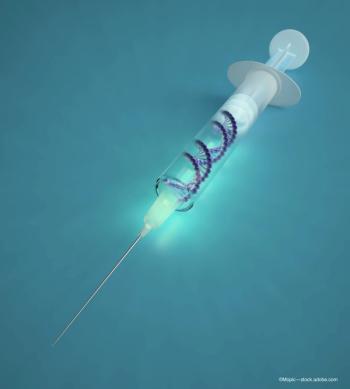
Trial results indicate that retinal cell injections improve vision in certain retinitis pigmentosa patients.

Trial results indicate that retinal cell injections improve vision in certain retinitis pigmentosa patients.
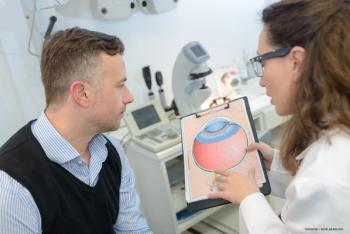
Thinning of inner plexiform sub-layers can help differentiate glaucomatous from healthy eyes.
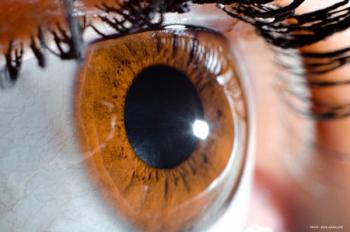
Exploring subtleties helps ophthalmologists understand postoperative surprises.

Subtle changes in the retina, optic nerve and visual processing system may reveal early signs of Alzheimer’s disease and enable prompt initiation of treatment.

Scanning laser ophthalmoscopy offers improved view of posterior segment.

Cataract surgeons and nurses would support having re-usable equipment and supplies to reduce operating theatre waste and carbon footprint.
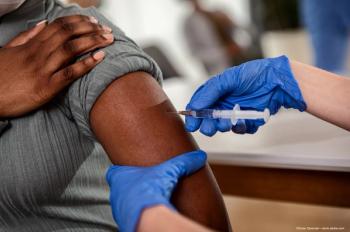
A 48-year-old male patient presented to an ophthalmic emergency department with what was described as progressive bilateral corneal melting 5 weeks after he received the first dose of a COVID-19 vaccine.

Development of new animal model enhances study of genetic mutations.
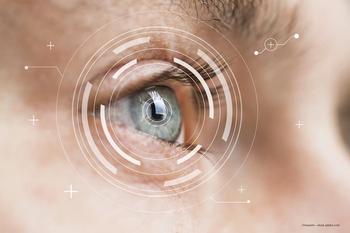
During a presentation at the EURETINA 2021 Virtual Congress, Prof. Ben Burton detailed how dry AMD patients treated with photobiomodulation therapy have seen improvements in best-corrected visual acuity 9 months after treatment.

Health systems are challenged to provide appropriate care for the ever-increasing number of patients with diabetes and its complications, such as diabetic retinopathy and diabetic macular oedema.

During a presentation at the EURETINA 2021 Virtual Congress, Dr Daniel Jones discussed GA and emphasized the need for additional study to gain a better understanding of the burden experienced by patients.

In a presentation at the EURETINA 2021 Virtual Congress, Dr Cristina Cristian noted that an injection of brolucizumab treatment in patients with neovascular age-related macular degeneration led to a median improvement in visual acuity (VA) of 10.5 letters and the drug was well-tolerated.

During a presentation at the EURETINA 2021 Virtual Congress, Dr Anat Loewenstein discussed how artificial intelligence can optimize optical coherence tomography.
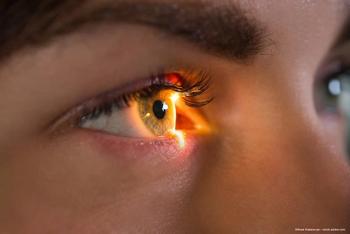
During a presentation at the EURETINA 2021 Virtual Congress, Dr José-Alain Sahel explains that optogenetics involves the use of artificial photoreceptors from specific retinal cells to restore vision by transferring a gene that encodes for a light-sensitive protein that causes neuronal cells to respond to light stimulation.
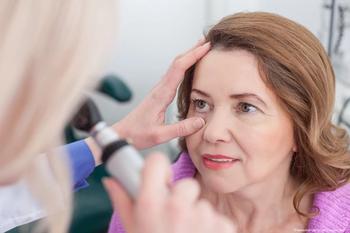
Treating the disease can be a challenge, and at the EURETINA 2021 Virtual Congress, Dr Chekitaan Singh discussed a case study detailing the care of a patient who had already lost vision in one eye from a similar issue.

Speaking during the EURETINA 2021 Virtual Congress, Dr Marta Belmonte-Grau discussed the potential risk for posterior capsular rupture during cataract surgery.

Investigators have found that 1 intravitreal injection of an adeno-associated virus encoding an immunosuppressive transgene, either HLA-G or eqIL-10, reduced the clinical and histologic inflammation in a well-established model of autoimmune uveitis.
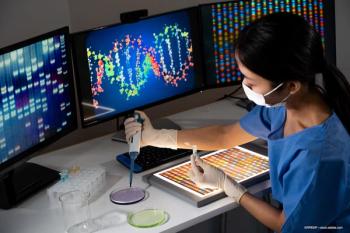
Gene therapy has produced early and lasting improvements in retinal cell morphology and visual acuity in a patient with inherited retinal disease.
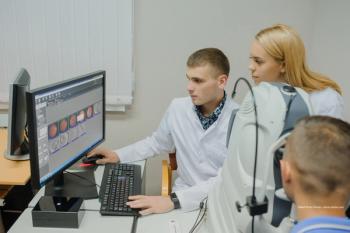
Results may represent a retinal degenerative change.
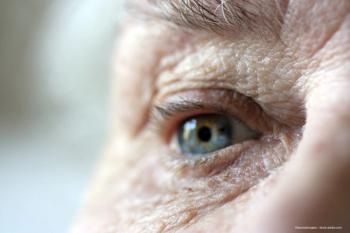
Fluorescence lifetime imaging ophthalmoscopy may be useful to monitor the progression of AMD as well as the effectiveness of treatment approaches.

The EURETINA 2021 Virtual Meeting is scheduled for September 9 to 12, 2021, and retina specialists are eager to see the showcase of cutting-edge scientific developments.

RGX-314 viewed by investigators as a therapeutic option for exudative AMD.
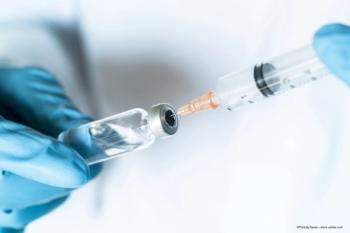
The proportion of eyes that developed PDR or centre-involving DMO was lower with periodic aflibercept treatments compared with sham treatment through the 2-year point.

Ophthalmologists should consider numerous options for treating individual glaucoma patients, including non-medical interventions.

Investigators found that 56.4% of Horner’s syndrome cases resulted from a dangerous cause.

In endophthalmitis, the systemic anti-infective treatment specific to the infectious agent should always be used.
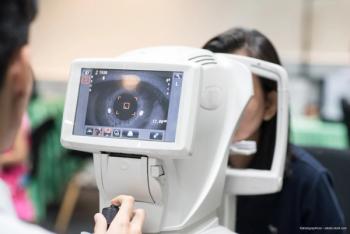
According to researchers, fluorescence lifetime imaging ophthalmoscopy reveals disease-related patterns not visible with other imaging modalities.
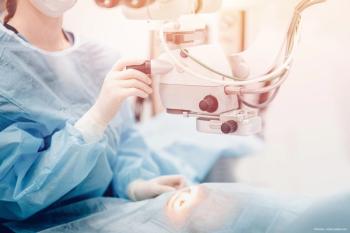
A recent retrospective analysis of LASIK and PRK patients helped to provide insights into patient satisfaction postoperatively. Such analyses might lead to improved patient outcomes.

One ophthalmologist provides her pearls for managing cases of prolapsed iris and reconstructing it following trauma.
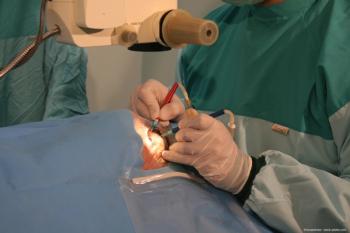
Surgeons now have an increasing range of technologies for modulating phaco power to achieve the best results in cataract surgery.